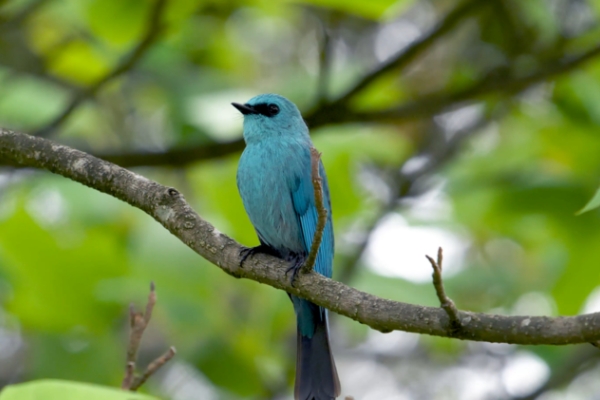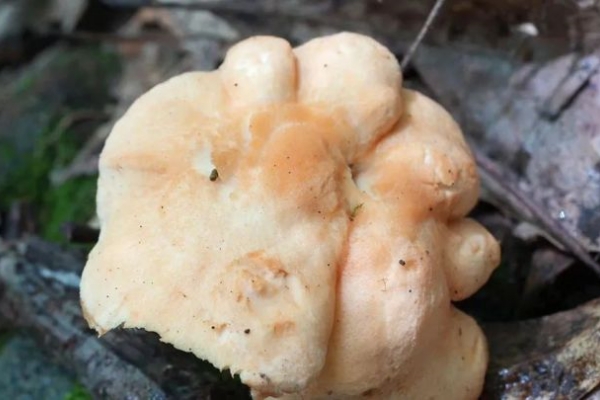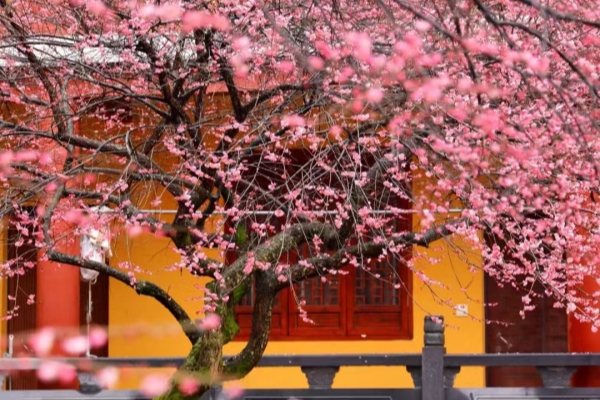Lishui makes biodiversity protection top priority

In the hands of Mother Nature: Qingyuan county in Lishui is encircled by mountains. [Photo/CFP]
Biodiversity is said to be closely related to human well-being and more than half of global GDP is now highly dependent on the contribution of natural resources, with 4 billion people around the world estimated to be mainly relying on natural medicines to treat disease.
In May 2021, as the host of the Conference of the Parties to the Convention on Biological Diversity (COP15), China will discuss with the rest of the world how to protect biodiversity and draw up a blueprint for biodiversity conservation in the next 10 years.
As a biologically diversified city, Lishui in East China's Zhejiang province, has developed its own way to protect plant and animal species living in its natural environment.
Lishui currently has six natural reserves including two at the national-level and four at the provincial-level. It is one of the 32 priority areas for terrestrial biodiversity conservation in China.
In the past two years, a series of work has been carried out in Lishui in terms of biodiversity background investigations, monitoring, protection and sustainable utilization.
The city has completed biodiversity background investigations in Longquan city and in Suichang and Qingyuan counties. In addition to conventional methods, the investigation team also adopted international cutting-edge environmental DNA technology.
To date, a total of 2,014 species of higher plants, 429 species of vertebrates, 1,100 species of terrestrial insects and 407 species of large fungi have been found in the city and its surrounding areas.
To top it off, a new species of Asian horned toad named Megophrys baishanzuensis was discovered in the Baishanzu National Park in June last year during a biodiversity background investigation.
Moving forwards, officials said Lishui will combine ecotourism, nature education, research and harness in-depth experience to promote the development of a regional tourism industry and the sustainable utilization of its biological resources.

 Lishui establishes intelligent biodiversity monitoring system
Lishui establishes intelligent biodiversity monitoring system New fungus species discovered in Qingyuan
New fungus species discovered in Qingyuan Lishui transforms weirs to aid fish migration
Lishui transforms weirs to aid fish migration